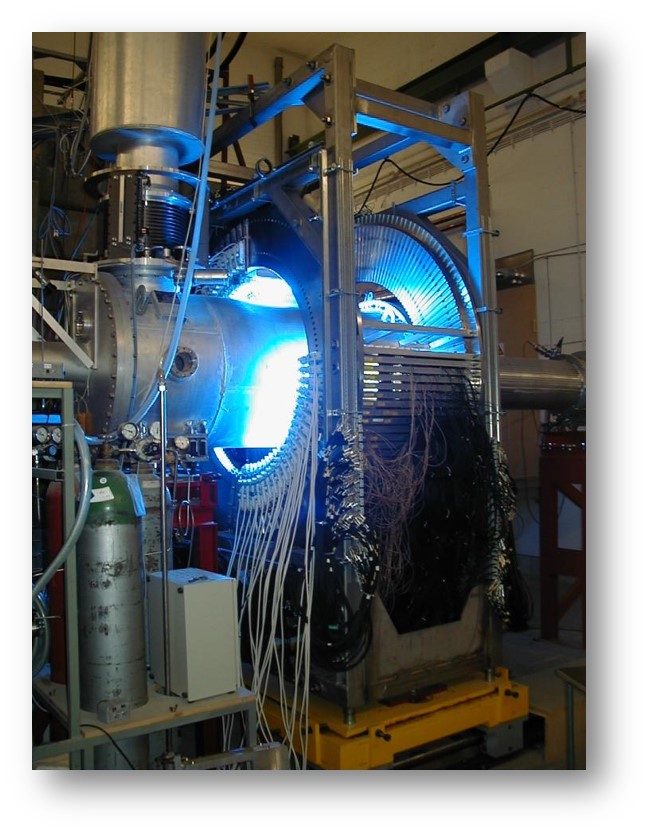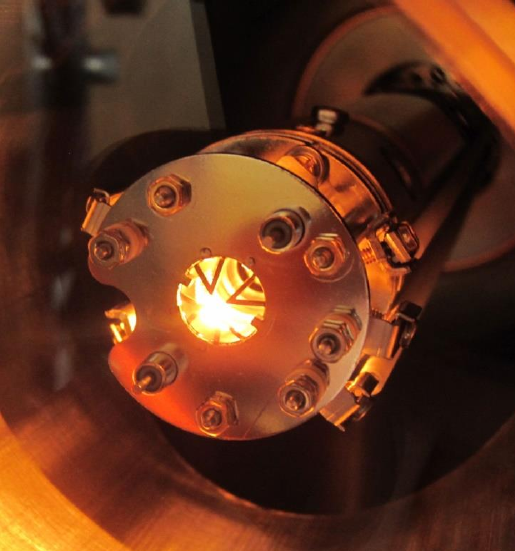Information for Students

Do you want to get in touch with actual research in particle physics?
Do you want to develop innovative concepts?
Do you want to be part of the MAGIX collaboration?
Advancing the field of particle physics and building the next generation of experiments requires significant innovation, foresight, and effort. Our group is constantly offering a variety of projects that you can undertake as part of your bachelor's or master's thesis, with the option to focus on either software or hardware development depending on your interests. This page provides an overview of the latest topics that you could consider for your thesis. We welcome you to reach out to us and discuss the possibility of joining our team. → Send us a quick email anytime!
At MAGIX, cross-sections of different electron scattering processes will be measured. One of the most important parameters in such experiments is the beam current delivered by the accelerator, which must be measured accurately. In the extracted beam mode of MESA, this can be accomplished by inserting a Secondary Electron Multiplier (SEM) into the beam, where a current proportional to the beam intensity is induced. By using several SEMs, displaced against each other, additional information on the beam position can be obtained. Dedicated SEMs have already been used at MAMI and elsewhere. Within your thesis, you could develop a comparable setup specifically matched to the parameters at MAGIX/MESA.
Running a simulation is a crucial step in developing and constructing an experiment with the extent of MAGIX. With our custom programmed simulation package MXSim based on C++ we are able to provide guidelines for the detector design and the overall experimental setup. So far, MXSim only covers the elastic scattering of beam electrons on the target nuclei. The implementation of further processes, especially quasi-elastic scattering on target nuclei (e.g. Ar, 3He, or Pb), could be the topic of your thesis.

The DarkMESA detector will contain several calorimeter modules made of 5 x 5 PbF2 crystals read out by photomultiplier tubes (PMTs). A prototype of one of these modules is currently under development. Beside this prototype we are furnished with a calorimeter from our collaboration partners from Münster and a calorimeter used for the A4 experiment (Fig. 1).
In your thesis you could start a comparison between the calorimeters. By using a radioactive source or the electron beam of MAMI, you could determine some key figures like signal height, shower development, or response function, which will be crucial for the further development of the DarkMESA setup.
For our innovative gas jet target we need to ensure a very good gas quality - we have to keep several types of gases pure for the duration of a beam time. To prevent contaminations of oil and water from the target gas we plan to use a zeolite trap. This trap utilises a granulate from microporous crystalline aluminosilicate structures to remove this kind of impurities. To validate and monitor the process, it is necessary to set up a continous measurement with a mass spectrometer (Fig. 2). This includes setting up a test stand, taking data with a calibration gas, tuning the mass spectrometer, cracking patterns, integrating the system into our slow control framework EPICS, and writing a scientific thesis.
DarkMESA aims for the direct detection of dark matter particles using a calorimeter detector, in combination with veto detectors for background suppression. For documentation purposes, the full waveforms of the detector signals must be recorded for each of the rare events. An ideal choice for this are Sampling Analog to Digital Converters (SADCs). An extensive characterization of such an SADC candidate, which is already available, could be carried out during your thesis.